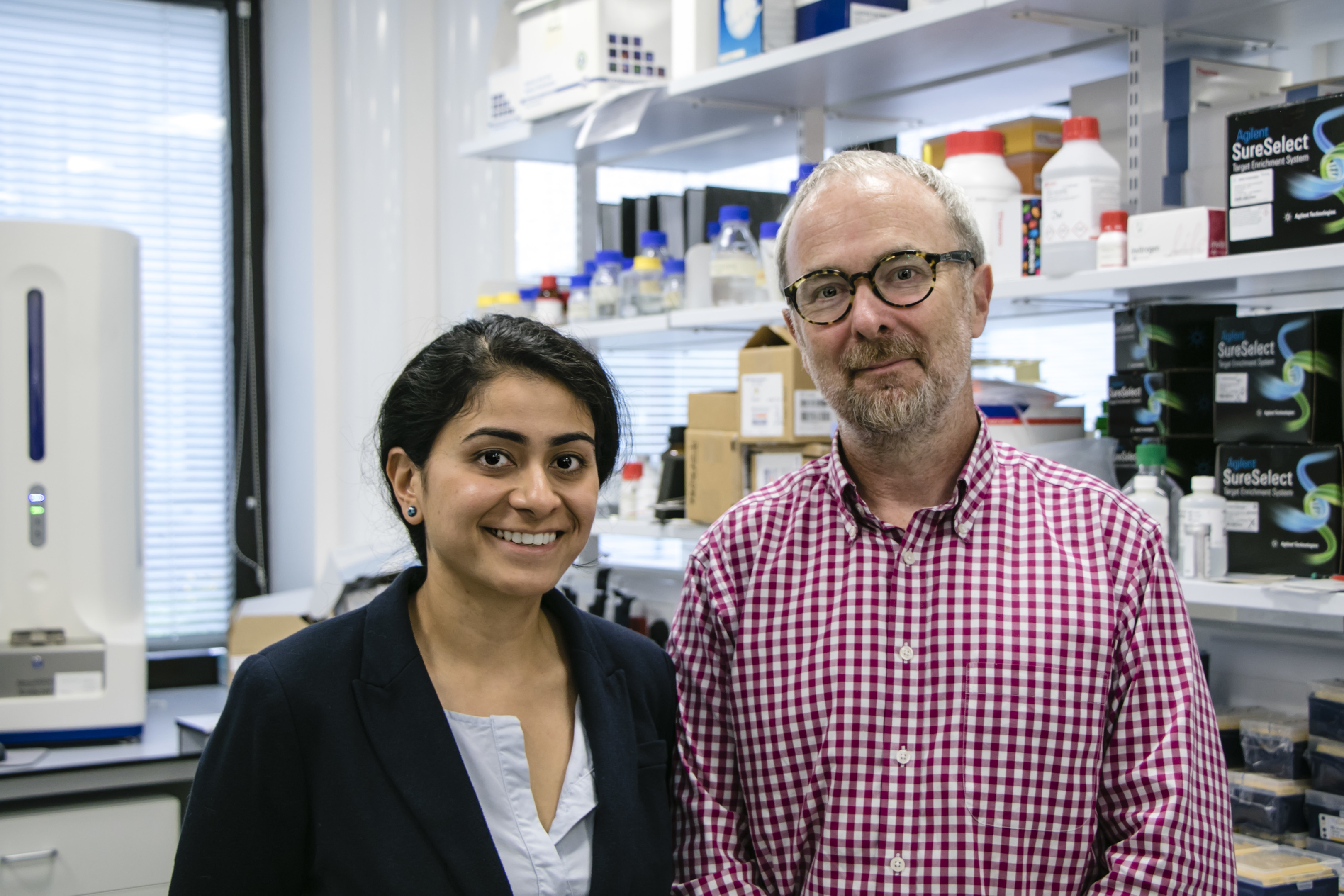Dundee University researchers have discovered some people are genetically predisposed to suffering muscle aches and pains when given statins.
Some people stop taking statins used to lower cholesterol because of the muscle aches and pains they suffer as a result, putting them at higher risk of developing diseases of the heart or blood vessels.
The breakthrough opens the possibility of screening patients to identify those who may have suffer adverse reactions to statins so they can be given alternative medication.
Research team leader Professor Colin Palmer said: “We found that there are people in the general population who carry a genetic factor that predisposes them to muscle aches.
“If these people are put on statins, they might discontinue their medication in the erroneous belief that it is the statin that is making their muscles ache. At the same time, we observed that there is a genetic sub-group of patients who are susceptible to statin-specific muscle aches.
“This means that it would be possible to test prospective statin users for key genetic variants to prevent people being put on statins if they are likely to have an adverse reaction to them.
“Adverse reactions are a major reason for patients stopping taking medication, which puts the patient at an increased risk of a cardiovascular event.
“This is the first time a genetic variant thought to be involved in the repair and regeneration of muscles has been found to be associated with this side effect.”
Statins are the first choice for doctors who need to lower cholesterol in patients to prevent or treat heart and blood vessel diseases.
However, reports of users complaining of muscle aches and stopping their medication range from seven to 29%. This puts them at higher risk of developing diseases of the heart, which the statins had been prescribed to prevent.





